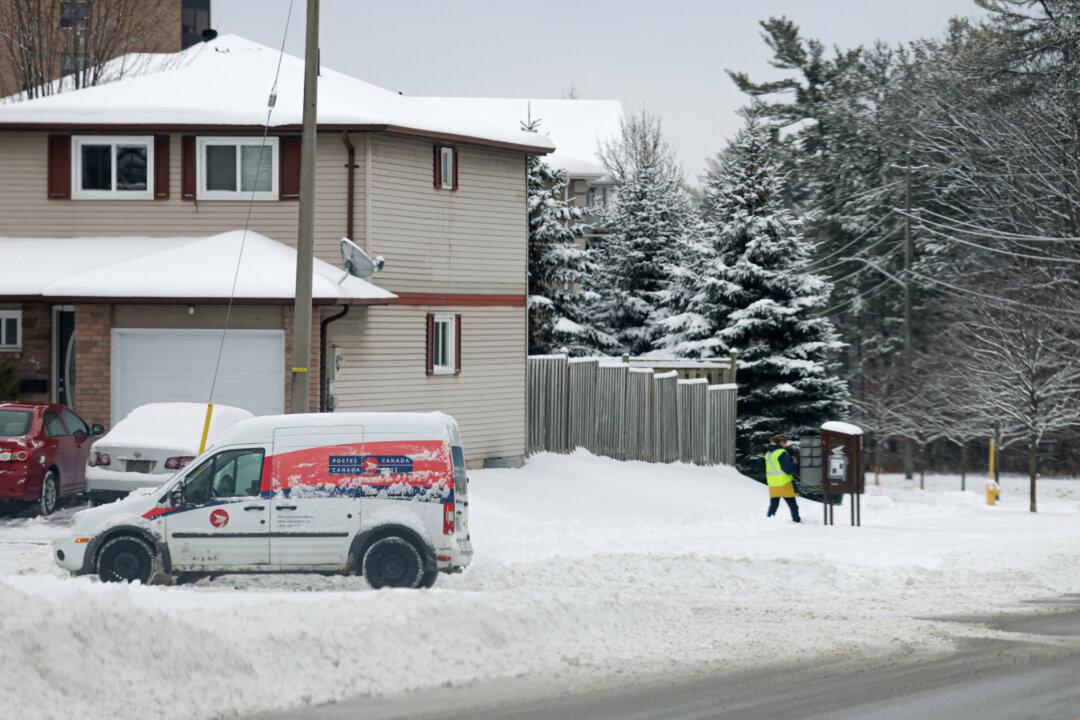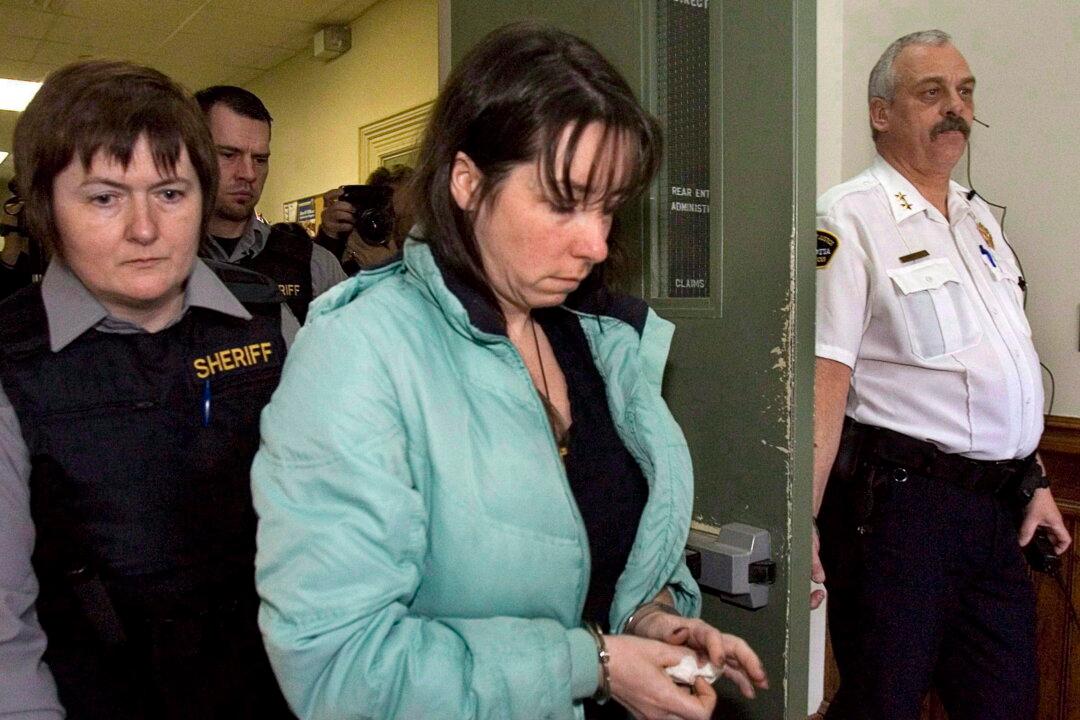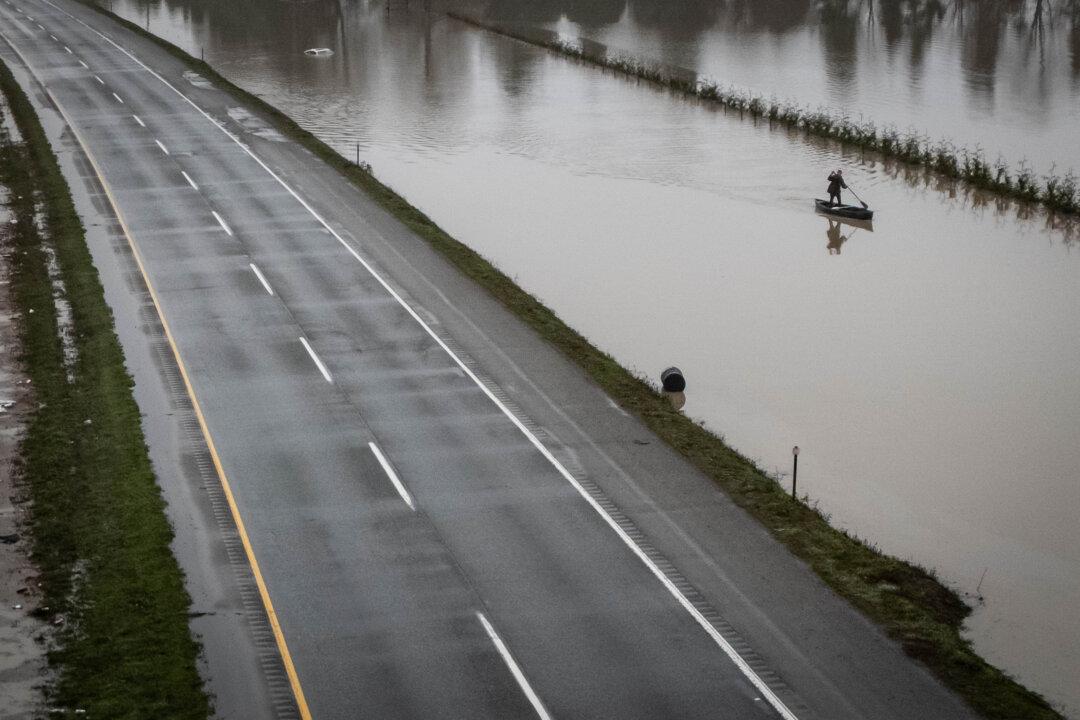By now, there should be no debating that Angelina Jolie is a talented director, capable of handling the most challenging subject matter with assurance and sensitivity. Those who continue to denigrate her skills because she’s also a movie star and tabloid fixture are running out of ammunition.
There also should be no debating the value of a major film being made about the Cambodian genocide under the Khmer Rouge—a film shot in Cambodia, and in the Khmer language, to boot. Or that without Jolie’s commitment and clout, “First They Killed My Father: A Daughter of Cambodia Remembers” would never have been made.




